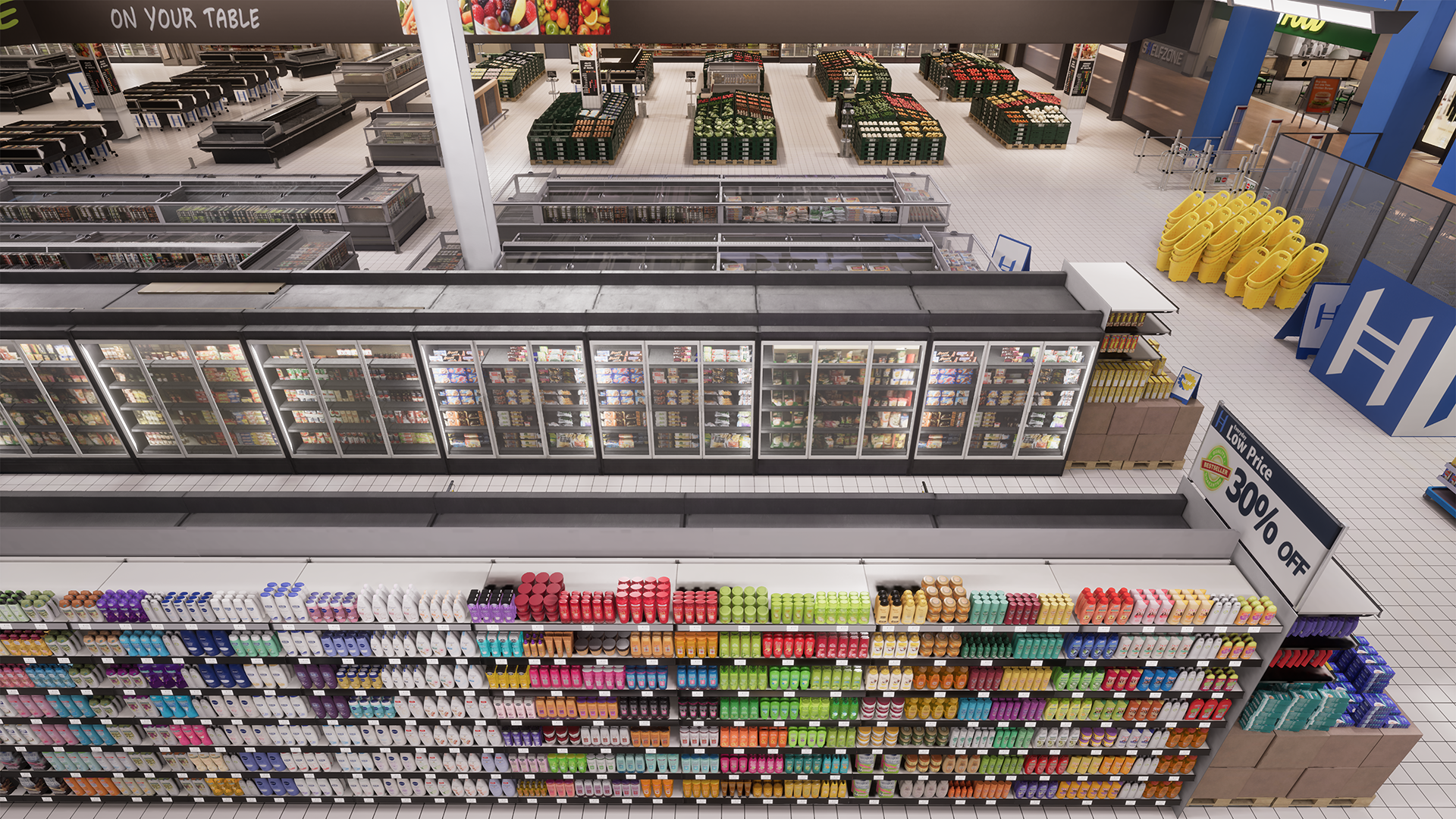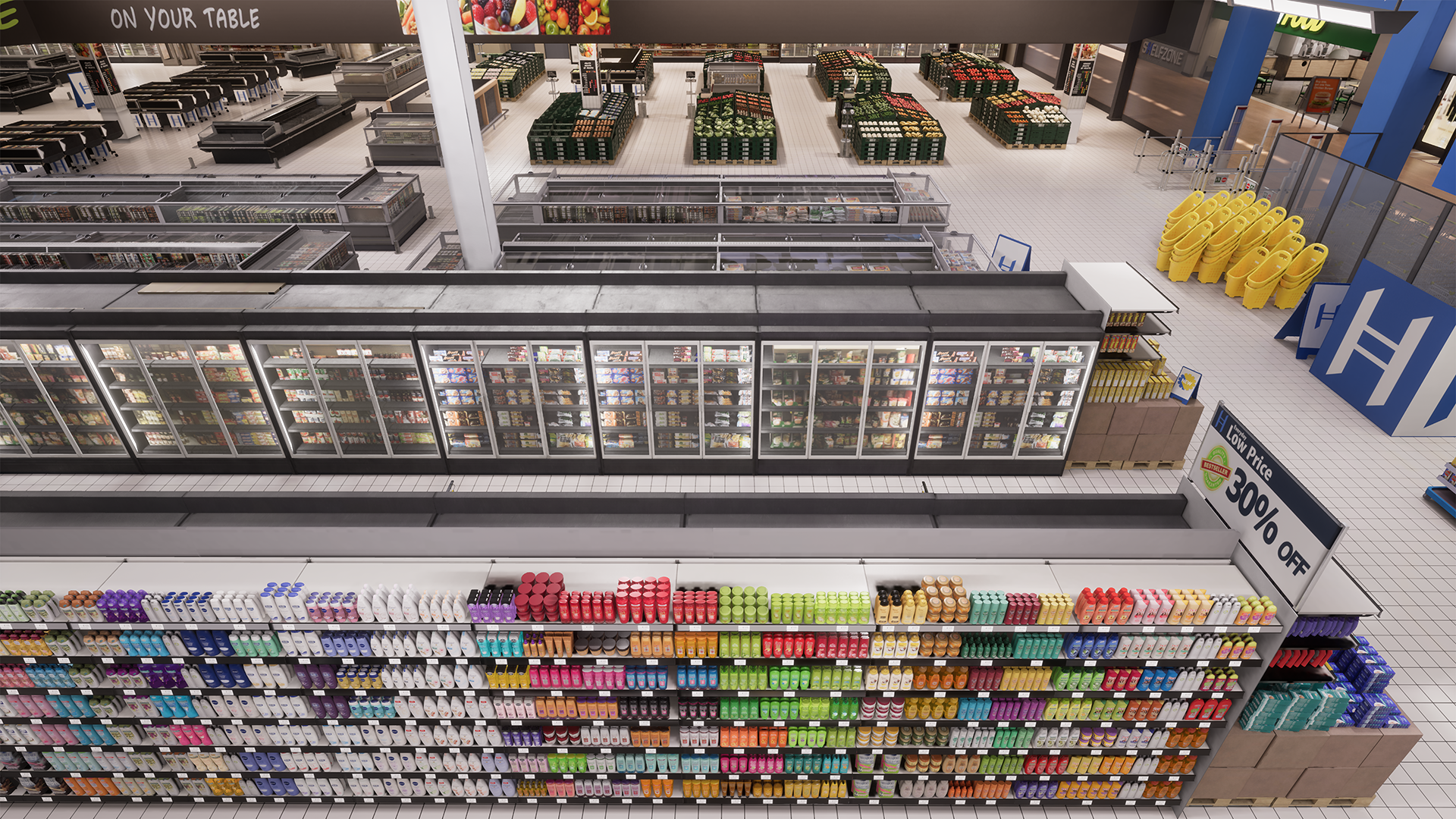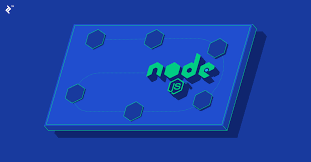What are the topmost NodeJS practices for developers?.
Node.js, a platform based on Chrome's JavaScript motor assists with growing quick, adaptable system applications. It utilizes an occasion driven,...
4 min read
Victoria Greene : Oct 31, 2018 12:00:00 AM


In the age of smartphones, tablets, and internet everywhere, there may be no more important thing for a retailer than ubiquity. You have to try to be in as many places as possible. You have to remind customers you still exist. And you have to be ready to take an order at any time.
Which is why it’s an absolute must that you, as a retailer, have an app. But not just any app. A great app. An app that does everything right and provides the experience necessary to make your customers happy.
At this point, you’re probably wondering — what kinds of features should my retail app have? What should my app do to win the hearts and minds of consumers? Specific features will vary from store to store. But there are general guidelines you can follow in order to make sure your retail app is a rousing success.
Follow them, and you’ll be on the right track.
Mobile users don’t typically browse retail apps the way that they do, say, Twitter, Facebook, or Instagram. The goal isn’t to consume content through a retail app. The goal is to jump in, find something, and either research the item in question or buy it.
They want to get in, accomplish their mission, and get out. Which means your app needs to get out of the way and let that happen.
Make search an easy feature to find. Make product descriptions, technical specs and photos a focus. And don’t get crazy about forcing someone to create an account if they simply want to look up an item, enter their payment information, and make a purchase. You can cross that bridge on desktop later once you’ve provided the customer with a great experience. Until then, avoid putting up roadblocks. Instead, wave your customers through.
We know what you’re thinking — this sounds like it stands in contrast to what we just said about simplicity and being frictionless. But truth be told, some features just make sense in mobile retail apps. And by using them, you can actually improve your app by leaps and bounds.
Take a smartphone, for example. Most smartphones have cameras, right? And those cameras have only gotten better with time. There’s no reason why your mobile app couldn’t use the camera to scan barcodes, making product look-up a whole lot faster. Amazon does this to great effect, and the result is that many Best Buys are now Amazon showrooms where customers look at a product in person before scanning it on Amazon’s app to check the price.
If there’s something you can add that makes use of a mobile feature — and it makes the experience better — don’t hesitate to add it.
If you’re like most retailers, you’re collecting a lot of data about your customers. And there’s a good chance that, based on past purchases, you’re able to figure out what customers might be interested in. Your desktop website is likely making use of this data. So why can’t your mobile app?
Personalize the content in your retail app. Show customers what you think they’re after, and make the buying process faster and easier for them. You don’t have to go overboard — keep simplicity and a friction-free experience in mind — but at least try to let your app read minds.
If you hit the nail on the head, you can use that information to make your predictions even more intelligent. And your retail app will only get smarter from there.
New mobile devices come out every single year. And every year, they’re touting some crazy new hardware or software features that promise to change the world. You don’t have to implement support for every single innovation, but if you see something that fits, you could always try a small experiment. Who knows — it could get your app some high-value press.
Take the Ikea app, for example. After Apple added AR functionality to its iOS operating system, Ikea added an AR feature to its app that let customers see how furniture would look in their homes. It made use of an interesting feature, got Ikea into the news, and let customers develop connections to the products they were browsing. It was a brilliant move.
If you have an opportunity to do something similar with your retail app, you should jump at the chance.
A retail website can do a lot in a desktop browser. A desktop user has a keyboard and mouse, (makes website navigation much faster) so a website can show more things on screen and provide menus that are much more complex.
On a mobile device, though, your screen real estate is more limited. Input methods are limited, too. Users have just their thumbs and fingers, and when a touch-based keyboard pops up on screen, it takes up a good third of the display (at a minimum). Exchange is one place you can sell a business, but it doubles up as a great indicator of current retail UX standards — check out some stores and see how they use space on mobile devices for some quick inspiration.
Whatever style you go for, it’s best that your retail app doesn’t try to cram an entire desktop website into a far more limited mobile app. Cut down on all the clutter. Put all your focus on your products. And resist the creep of adding more and more to you app over time. Your app will be far better for it.
Sure, you already have a desktop retail website. And maybe your store is hugely popular and makes tons of sales. But launching a retail app is an entirely different beast, because it’s incredibly easy to have someone visit a website, but it’s much harder to get a customer to download an app onto a mobile device.
So you need to provide some incentives.
Consider offering a percentage discount for first-time mobile buyers. Or publish a weekly mobile discount code that gives customers a reason to download and open your app. When your app is first starting out, simply being a mobile extension of your store isn’t enough. It’ll need to prove why it deserves to exist, and why customers should spend time checking it out.
Offer incentives and you’ll find customers are far more receptive to your app.
Need help with your apps? Get in touch.

Node.js, a platform based on Chrome's JavaScript motor assists with growing quick, adaptable system applications. It utilizes an occasion driven,...
What could be the ultimate goal for each business person? Increase the number of sales!!! In any case, driving traffic and offering amazing...